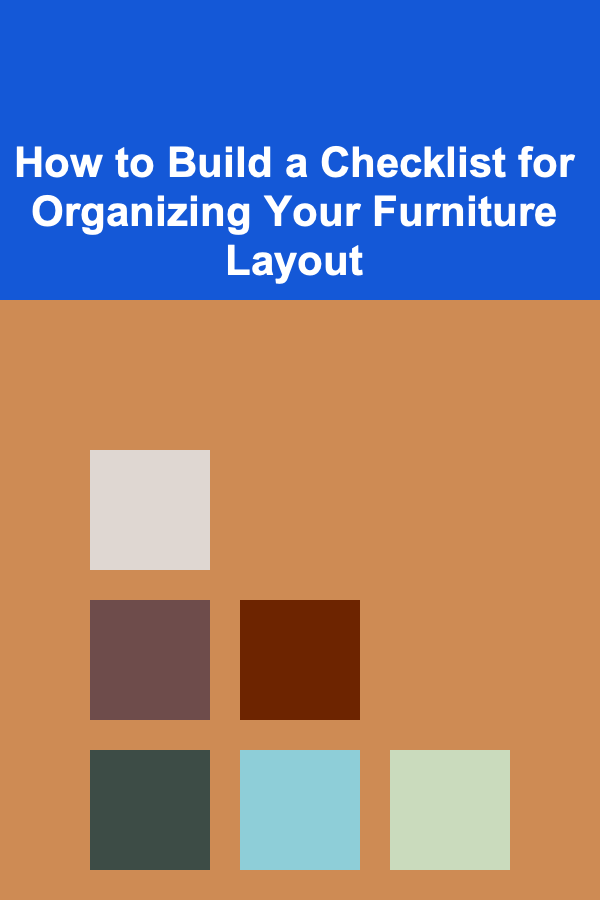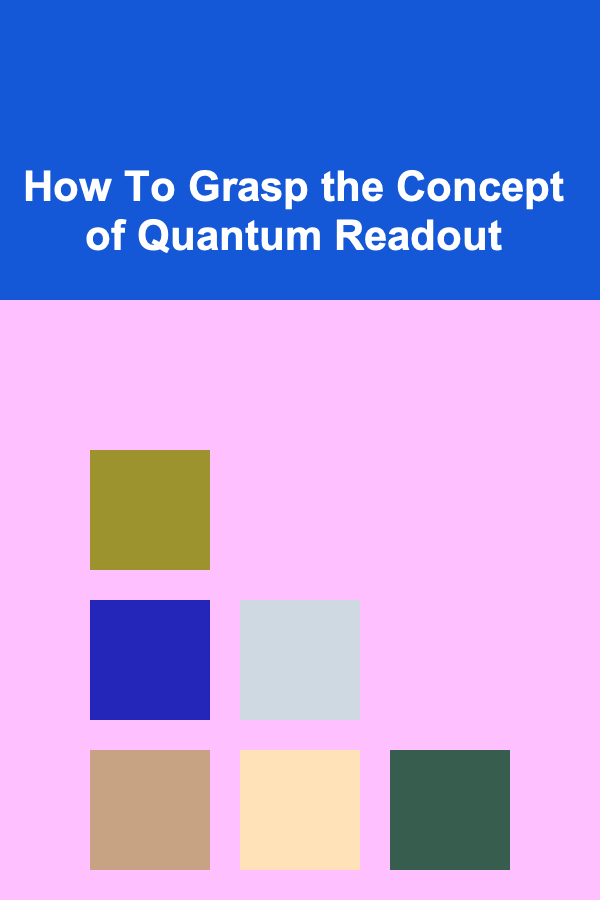
From Scattered to Solved: A To-Do List for Rubik's Cube Beginners
ebook include PDF & Audio bundle (Micro Guide)
$12.99$9.99
Limited Time Offer! Order within the next:
Not available at this time

The Rubik's Cube is one of the most iconic puzzles in the world. Initially designed in 1974 by Ernő Rubik, it has since become a staple of both competitive puzzle solving and casual entertainment. However, despite its simple appearance---a cube with six colored faces---the Rubik's Cube can be incredibly difficult to solve, especially for beginners. In this guide, we'll break down the steps beginners can take to solve the cube and develop a deep understanding of its underlying mechanics.
Understanding the Rubik's Cube
Before diving into the solving process, it's important to understand the structure and terminology of the Rubik's Cube. The cube consists of 27 smaller cubes, with 6 larger faces, each a different color: white, red, blue, orange, green, and yellow. The cube's design allows for rotation along its three axes, which leads to the scrambling of the cube.
Terminology
- Face: Each of the six sides of the cube.
- Edge: The pieces that lie between two corner pieces, sharing two colors.
- Corner: The pieces with three colors at the corners of the cube.
- Center: The middle piece of each face, which never moves relative to the cube.
- Layers: The Rubik's Cube can be divided into three layers: the top, middle, and bottom.
Preparing to Solve the Cube
Before starting to solve the Rubik's Cube, you'll need to become familiar with a few essential strategies and moves. Most beginners start with the CFOP method , a popular approach to solving the cube. This stands for Cross , F2L (First Two Layers), OLL (Orientation of the Last Layer), and PLL (Permutation of the Last Layer). For simplicity, we'll focus on the beginner's method, which uses intuitive steps, and then build up to more advanced methods later.
Step 1: The White Cross
The first step in solving the Rubik's Cube is to create a white cross on the white face. This is achieved by positioning the four white edge pieces in such a way that the white stickers form a cross on the top face, with the corresponding edge pieces matching the center pieces on the adjacent faces.
How to do it:
- Locate the white edge pieces.
- Move the white edges to the top layer, aligning them with the center pieces on the adjacent sides.
- Rotate the top layer until the white cross is completed, ensuring that the edge pieces align with the center pieces on both the top and side faces.
Step 2: Completing the First Layer
Once the white cross is complete, the next step is to solve the white corners and finish the first layer. This step involves positioning the four white corner pieces into the correct locations on the top layer, ensuring that the colors of the corner pieces match the center pieces of the adjacent faces.
How to do it:
- Locate the white corner pieces.
- Position each corner piece between the corresponding edge pieces.
- Use simple algorithms to rotate the corner pieces into place.
Step 3: Solving the Middle Layer
With the first layer solved, the next goal is to complete the middle layer, which involves positioning the four edge pieces into their correct spots. This is done without disturbing the white face.
How to do it:
- Locate the edge pieces in the middle layer that need to be moved.
- Use a set of algorithms to move the edge pieces into the correct position without affecting the solved white face.
- Repeat the process until all four middle-layer edges are correctly placed.
Step 4: The Yellow Cross
At this stage, you should have the white face completed along with the first two layers. Now it's time to focus on the yellow face, specifically creating a yellow cross on the top layer. This requires orienting the four yellow edges to form a cross on the top face.
How to do it:
- Turn the top layer to form any of the possible yellow patterns (dots, L shapes, or line).
- Use specific algorithms to orient the yellow edges, eventually forming a yellow cross.
Step 5: Solving the Yellow Corners
With the yellow cross in place, the next step is to position the yellow corner pieces in their correct locations. At this point, the yellow corners may not be oriented correctly, but they should be in the right spots.
How to do it:
- Locate the yellow corner pieces and move them to their correct positions (ignoring their orientation for now).
- Use a set of algorithms to swap the corner pieces until they are all in the right places.
Step 6: Orienting the Yellow Corners
Now that the yellow corners are in their correct positions, the final step is to orient them correctly, ensuring that the yellow stickers are facing upwards.
How to do it:
- Hold the cube in the correct orientation, with the yellow pieces on top.
- Use algorithms to rotate the corner pieces into their correct orientation without disturbing the rest of the cube.
Step 7: Permuting the Last Layer Edges
Finally, the last step is to permute the edges of the last layer. This step ensures that the edges of the top layer are in their correct positions, completing the cube.
How to do it:
- Use a series of algorithms to cycle the edges of the top layer into their correct positions.
- After completing the edge permutation, your Rubik's Cube should be solved!
Tips and Tricks for Beginners
Solving the Rubik's Cube for the first time can be overwhelming, but with practice and patience, it becomes a rewarding challenge. Here are some additional tips to help you improve your solving skills:
1. Practice the Algorithms
While the beginner's method doesn't require too many algorithms, mastering the ones you use will help you solve the cube faster and more efficiently. Write down the algorithms, practice them regularly, and try to understand how each move affects the cube.
2. Focus on One Step at a Time
At first, don't worry about solving the cube as quickly as possible. Focus on mastering one step before moving to the next. Speed comes with practice and familiarity.
3. Use Helpful Resources
There are many tutorials, apps, and websites available to help you solve the Rubik's Cube. Websites like CubeSkills and the various YouTube tutorials can be invaluable for learning new methods and tips.
4. Be Patient
It's easy to get frustrated when learning how to solve the Rubik's Cube, but patience is key. Remember that solving it is a learning process, and with practice, you'll improve over time.
5. Keep Practicing
Once you've learned the beginner's method, don't stop there! There are more advanced methods, such as CFOP, Roux, and ZZ, which will allow you to solve the cube faster. As you get more comfortable, challenge yourself to improve your time and efficiency.
Conclusion
Solving the Rubik's Cube is a rewarding experience that sharpens both your problem-solving skills and your ability to think strategically. While the steps might seem daunting at first, with persistence and practice, anyone can master the puzzle. By following the structured approach outlined above, you can go from a scrambled cube to a solved one, all while gaining a deeper understanding of this fascinating puzzle. Happy solving!

Becoming a Successful Legal Assistant: Key Skills for Supporting Legal Teams
Read More
How to Build a Checklist for Organizing Your Furniture Layout
Read More
How To Grasp the Concept of Quantum Readout
Read More
How to Organize Snacks for Easy Grab-and-Go Options
Read More
How to Organize Your Bathroom Cabinets for Maximum Space
Read More
How to Repurpose Old Decorations for a Fresh Holiday Look
Read MoreOther Products

Becoming a Successful Legal Assistant: Key Skills for Supporting Legal Teams
Read More
How to Build a Checklist for Organizing Your Furniture Layout
Read More
How To Grasp the Concept of Quantum Readout
Read More
How to Organize Snacks for Easy Grab-and-Go Options
Read More
How to Organize Your Bathroom Cabinets for Maximum Space
Read More